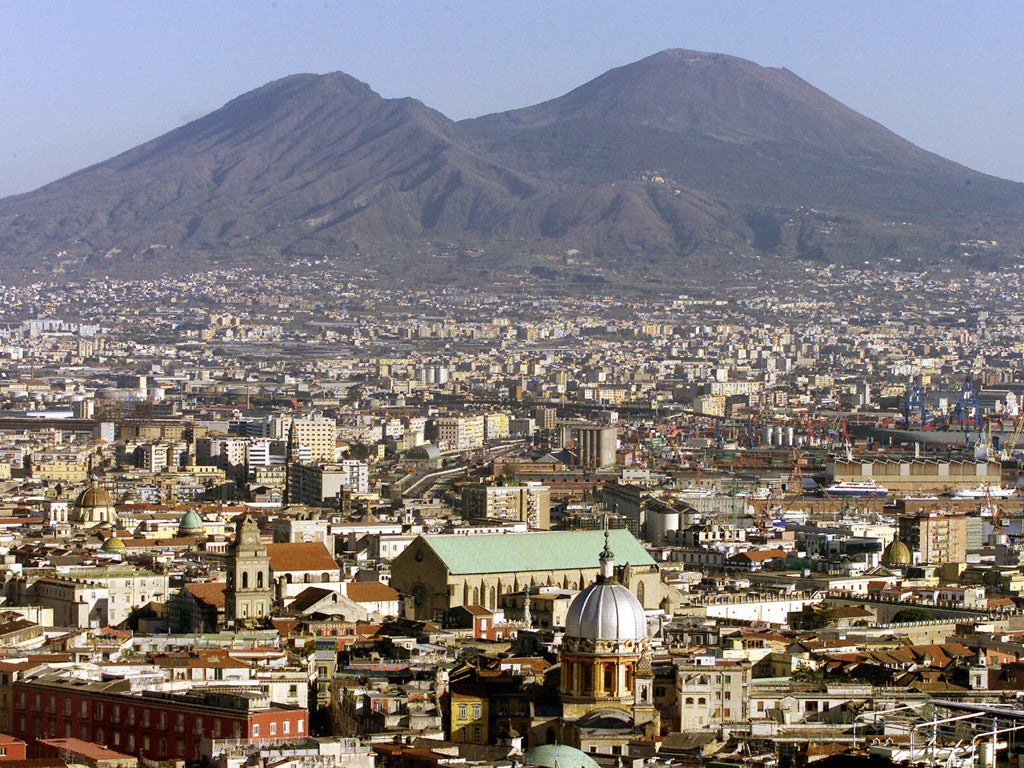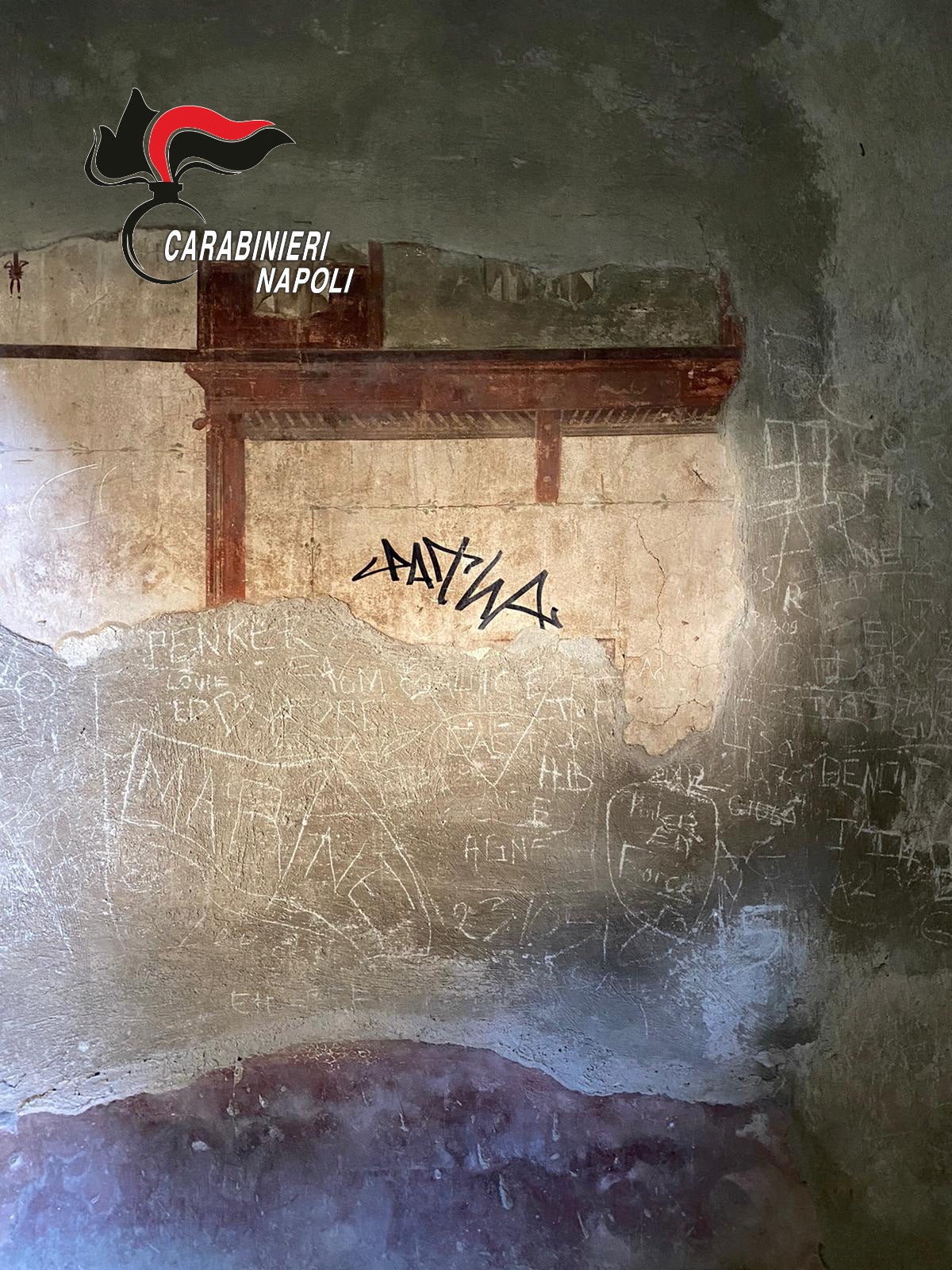Tourist arrested after defacing Roman villa that survived Mount Vesuvius eruption
Italy is getting tougher on those who damage monuments and cultural sites after a string of incidents
Your support helps us to tell the story
From reproductive rights to climate change to Big Tech, The Independent is on the ground when the story is developing. Whether it's investigating the financials of Elon Musk's pro-Trump PAC or producing our latest documentary, 'The A Word', which shines a light on the American women fighting for reproductive rights, we know how important it is to parse out the facts from the messaging.
At such a critical moment in US history, we need reporters on the ground. Your donation allows us to keep sending journalists to speak to both sides of the story.
The Independent is trusted by Americans across the entire political spectrum. And unlike many other quality news outlets, we choose not to lock Americans out of our reporting and analysis with paywalls. We believe quality journalism should be available to everyone, paid for by those who can afford it.
Your support makes all the difference.A tourist has defaced a frescoed wall in an ancient Roman house in Herculaneum, near Naples, damaging a building that survived the volcanic eruption of Mount Vesuvius in 79 AD, Italian police said on Monday.
The police statement said the 27-year-old tourist was swiftly identified after staff at the archaeological site discovered tagged graffiti writing made with a black, indelible marker pen on a white section of a painted wall.
Police said the writing was the man’s graffiti signature.

“Any damage hurts our heritage, our beauty and our identity and that is why it must be punished with the utmost firmness,” Italian Culture Minister Gennaro Sangiuliano said in a statement.
The tourist, who was not named, faces charges of damage and defacement of artistic works.
A smaller city than its more famous neighbour Pompeii, Herculaneum was buried under a deeper layer of ash, which protected its ruins from thieves and left particularly well-preserved remains.

It is not the first time that historical monuments have been vandalised by tourists in Italy.
Last year, a visitor from England was caught in a video, posted on social media, scratching his and his girlfriend’s name with a key on an internal wall of Rome’s Colosseum.
Italy’s culture minister Gennaro Sangiuliano shared the video, calling it a “very serious, unworthy and a sign of great incivility that a tourist defaces one of the most famous places in the world, the Colosseum, to engrave the name of his fiancee.”
“I hope that whoever did this will be identified and sanctioned according to our laws,” he added.
It was not the first time that tourists have been fined for defacing the Unesco world heritage site.
In 2014, a Russian tourist was fined €20,000 (£17,000) for engraving a “K” on a wall, and given a suspended four-year jail sentence.
The following year, two American tourists were also cited for aggravated damage after they carved their names in the monument.
In response to repeated acts of vandalism, Italy this year introduced tougher penalties on those who damage monuments and cultural sites, imposing fines of up to 40,000 euros ($43,548) for those found guilty of defacing monuments.

Join our commenting forum
Join thought-provoking conversations, follow other Independent readers and see their replies
Comments